Author: Matt Del Fiacco
Compared to their modern American counterparts, English-style ale is typically known for being more focused on malt and yeast derived ester characteristics than just hops, which despite my love for a good hop-centric IPA, I really appreciate for its relative balance and easy-drinking nature. One style from this regional family of beers is the British Golden Ale, which the BJCP describes as, “A hop-forward, average-strength to moderately-strong pale bitter. Drinkability and a refreshing quality are critical components of the style.“
While British Golden Ale is noted for having a stronger hop characteristic than other English styles, it’s important to note that said character usually comes from less pungent traditional English hop varieties such as East Kent Goldings or Fuggles, which tend to lend more floral and earthy tones than popular American hop varieties. The yeasts of choice for fermenting British Golden Ale are those known to produce more esters while the malt bill is often kept simple in order to let the hops shine.
My standard process for brewing British Golden Ale would generally include a 60 minute mash to ensure good conversion, a 60 to 90 minute boil to drive off DMS, pitching a healthy yeast starter to avoid diacetyl, and controlling my fermentation temperature to about 65°F/18°C to keep some of the esters restrained. However, I wondered what might happen if I cut a bunch of corners and brewed one up Short & Shoddy style!
| BREWING THE BEER |
I’m a big fan of East Kent Golding (EKG) hops and made them the focus of this beer. I also decided to use a blend of Pilsner and Maris Otter malts, as that’s what I had available.
Short & Shoddy British Golden Ale
Recipe Details
| Batch Size | Boil Time | IBU | SRM | Est. OG | Est. FG | ABV |
|---|---|---|---|---|---|---|
| 5 gal | 20 min | 39.4 IBUs | 4.5 SRM | 1.046 | 1.013 | 4.4 % |
| Actuals | 1.046 | 1.01 | 4.7 % | |||
Fermentables
| Name | Amount | % |
|---|---|---|
| Pale Malt, Maris Otter | 7.25 lbs | 75.32 |
| Swaen©Pilsner | 2.375 lbs | 24.68 |
Hops
| Name | Amount | Time | Use | Form | Alpha % |
|---|---|---|---|---|---|
| East Kent Goldings (EKG) | 57 g | 20 min | Boil | Pellet | 5 |
| East Kent Goldings (EKG) | 114 g | 5 min | Boil | Pellet | 5 |
| Handful of Cascade | 50 g | 0 min | Boil | Pellet | 5.5 |
Yeast
| Name | Lab | Attenuation | Temperature |
|---|---|---|---|
| SafAle English Ale (S-04) | DCL/Fermentis | 73% | 59°F - 75.2°F |
Notes
| Water Profile: Unfiltered Chicago tap water treated with Campden |
Download
| Download this recipe's BeerXML file |
Intentionally going into this brew with lacking preparedness, I collected some tap water and hit it with Campden rather than using RO water like I usually do. As soon as I’d collected the full volume, I flipped the switch to the electric elements.
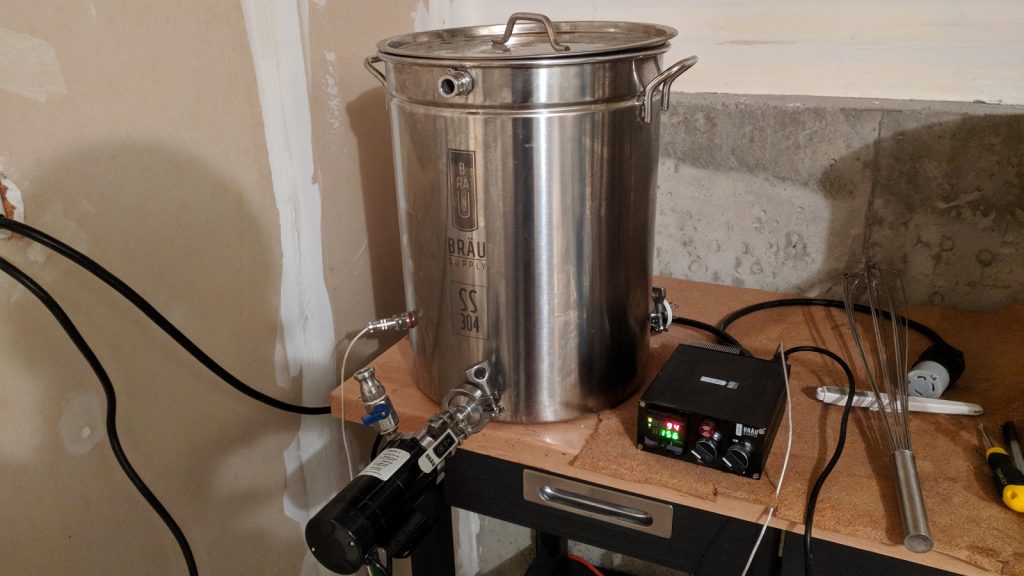
While the water was heating to strike temperature, I weighed out and milled the grains.
When the liquor was warm enough, I added the grains and gave it stir before checking the mash temperature.
Rather than recirculating the sweet wort with a pump to maintain a stable temperature, I unplugged the controller and left the mash alone for 20 minutes. When the abbreviated mash step was completed, I checked the temperature again and noticed it had dropped a bit.
I lifted the grains out and let them drip into the kettle to reach the full pre-boil volume of wort.
I turned the elements back on at this point and set the controller to boil mode. I then proceeded to weigh out all of the hops for this batch and immediately added the first wort hop addition. This is when I realized I was a tad short on EKG…
I set a timer for 20 minutes as soon as the wort reached a boil then added hops at the times listed in the recipe.
At the end of the short boil, I embodied the Short & Shoddy spirit and tossed in a “handful” of Cascade hops running the wort through my chillers directly into a 6 gallon PET carboy.
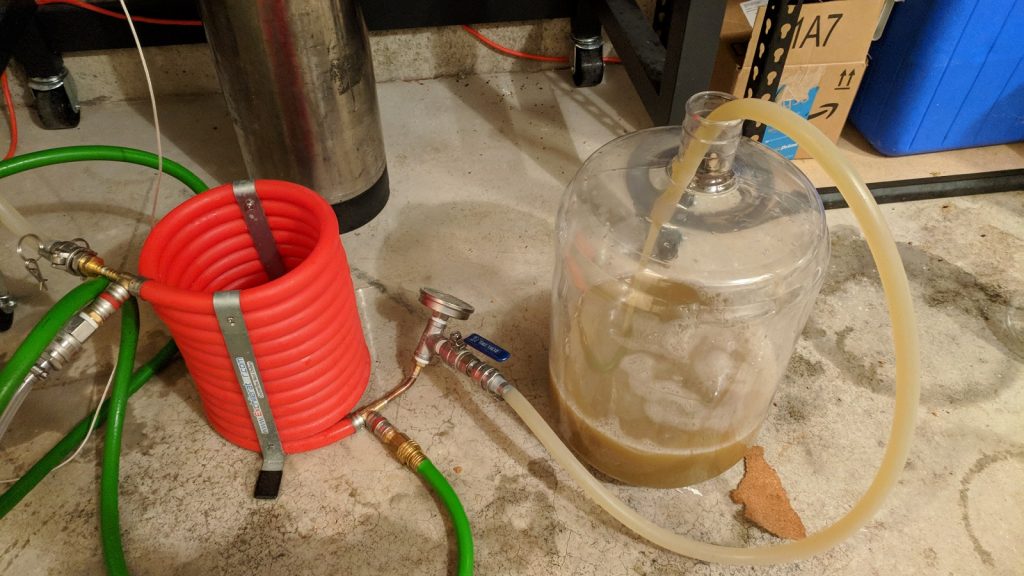
A hydrometer measurement showed the wort was at 1.046 OG, smack in the middle of the range set by the BJCP guidelines, and good for a respectable 64% efficiency.
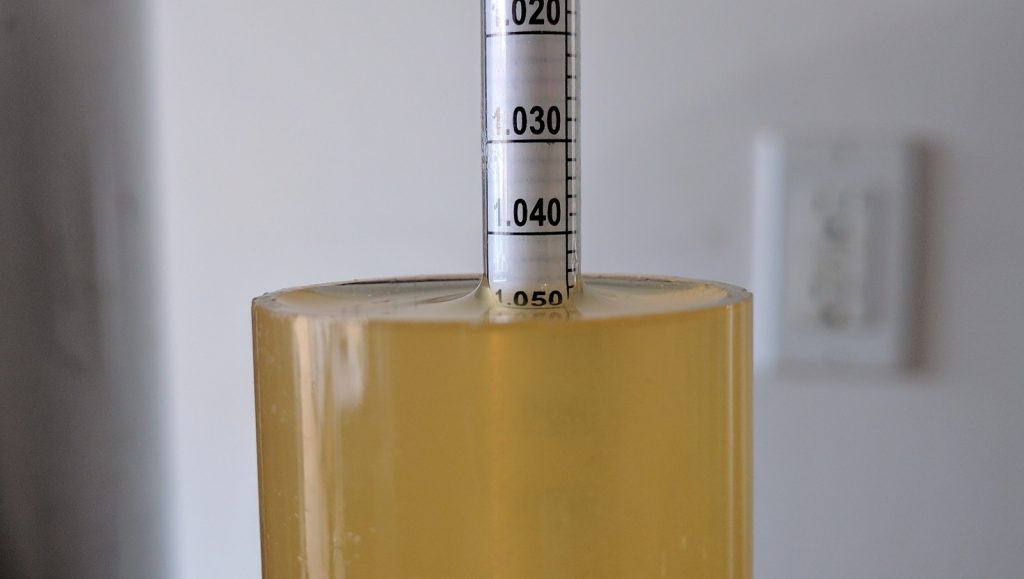
All said and done, I was into this brew day just about 2 hours, the shortest I’ve ever experienced. Rather than fermenting in a controlled chamber like I usually do, the filled carboy was placed in my basement bathroom, which maintains a fairly steady 68°F/20°C. With the temperature of the wort sitting at 77°F/25°C, I sprinkled a single packet of Safale S-04 Whitbread yeast directly onto the wort.
I returned 8 hours later to an actively fermenting beer.
I noticed visible signs of fermentation activity dwindling after 4 days and decided to let it sit 3 more days before taking a hydrometer reading that showed the beer was at FG.
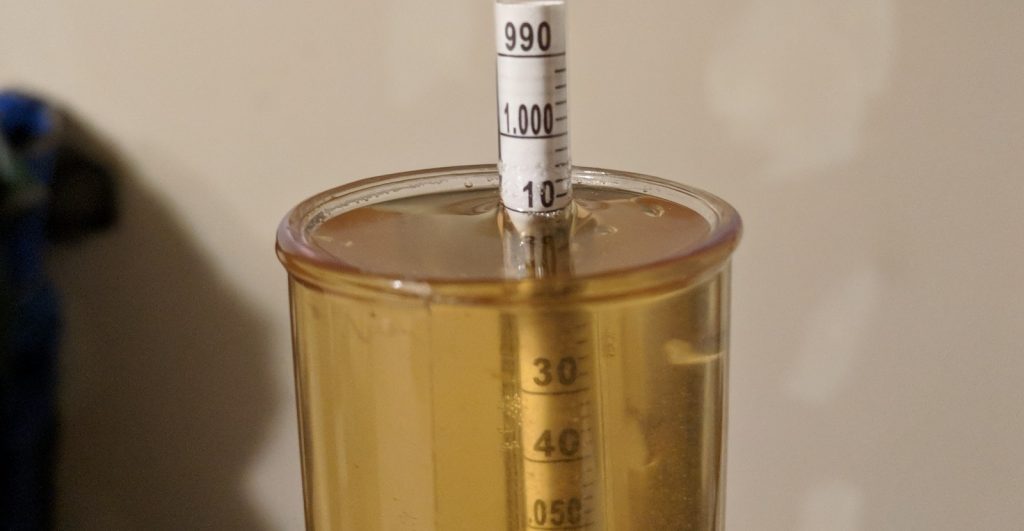
I decided it was time to keg the beer.
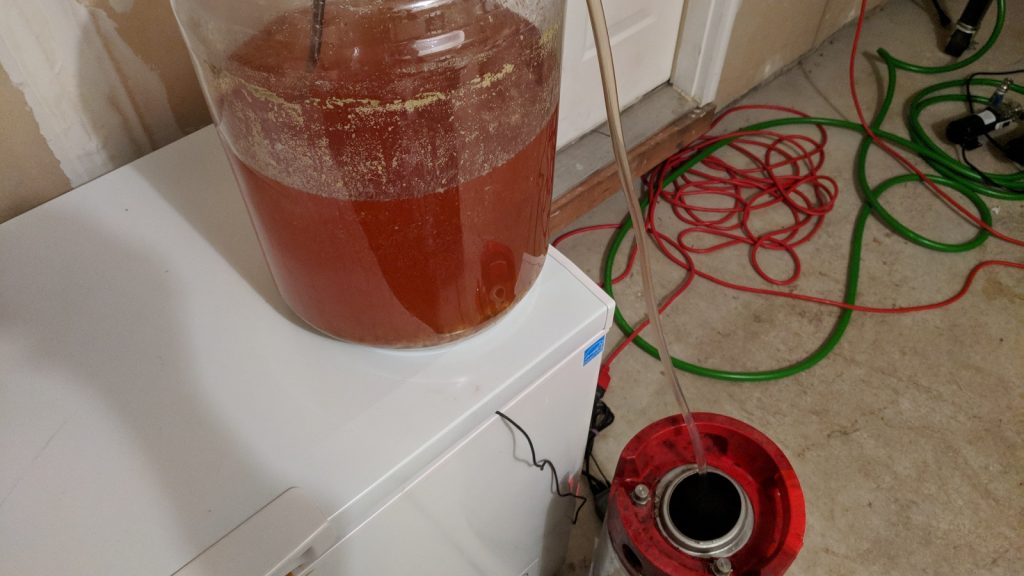
The filled keg cold crashed in my keezer for 24 hours before I added the gelatin fining. I cranked the CO2 up to 40 psi and let it sit for 24 hours of burst carbonation before reducing the gas to 11 psi. After 2 more days of conditioning, only 10 days after it’d been brewed, the beer was ready to serve.
| METHOD |
Participants, all blind to the brewing methods used, were served samples of the beer in standard clear taster glasses then asked to focus on its appearance, aroma, flavor, and mouthfeel. Each participant completed a brief survey in a relatively quiet setting after being instructed not to interact with others while evaluating the beer.
| RESULTS |
A total of 21 people of various levels of experience participated in this Short & Shoddy evaluation. Participants were first asked to write-in the style they believed the beer to be based on their perception.
Tasters were then instructed to rate how hoppy, malty, and dry they perceived the beer to be on a 0-5 scale where a rating of 0 indicated “not at all” and 5 indicated “extremely;” these ratings were then averaged.
Tasters were provided a list of common hop, malt, and yeast characteristics then instructed to select from each the one they perceived as being strongest in the beer.
Hop Characteristics
Malt Characteristics
Yeast Characteristics
Next, participants were asked to indicate whether or not they detected any off-flavors in the beer; those who did were provided a list of common off-flavors and instructed to select the one they perceived as being strongest. Out of the 21 participants, 16 felt the beer possessed no off-flavors. Of the 5 who did perceive off-flavors, 3 detected DMS and 2 noted it as being estery.
Tasters were then asked to rate how much they enjoyed the beer on a 0-5 scale where 0 indicated they hated it and 5 indicated they loved it.
Finally, the beer style was revealed to participants and they were asked to rate how representative it was on a 0-5 scale where 0 meant “not at all” and 5 meant “extremely.”
My Impressions: The first thing I noticed about this beer was the lack of esters in the aroma. Based on previous experiences with SafAle S-04, along with the fact I didn’t control the fermentation temperature, I expected the ester character to be far more prevalent than it was. The Cascade and EKG hops worked well together in both the aroma and flavor, which was otherwise bready and delicious. My only complaint about was that I perceived a very slight creamed corn note that made me think DMS might be preset, though this may very well have been in my head given my knowledge of the short boil length.
| CONCLUSION |
Not the most widely known style, I was admittedly optimistic about how a British Golden Ale would turn out when brewed using a Short & Shoddy process. A clean, moderately hopped ale, the Golden Ale is a balanced style of moderate ABV and bitterness with a light to medium body. With the exception of a slight hit to efficiency, I wasn’t too worried about the impact of the reduced mash and boil lengths, and while the indeterminate amount of Cascade hops seemed to lend a citrus character to the beer, I thought it was complimentary and fit within the style guidelines.
While a large majority of tasters perceived no off-flavors in this shoddily produced British Golden Ale, I thought it was interesting that 3 of the 5 who did indicated DMS as the most prominent, as that was the only potential flaw I picked up as well. Considering the results of prior boil length xBmts and lab data showing a pils malt based beer boiled for 30 minutes had no detectable DMS, I’ve come up with some hypotheses. It’s possible DMS was not present in the beer and the 4 of us who thought it was were wrong, perhaps influenced by an expectation or the belief in our palate’s prowess. However, if DMS was in fact present, it was clearly in too small of a concentration for most tasters to pick up, suggesting those who did might be more sensitive to the compound. My final thought is that what the 3 tasters and I perceived as DMS may have been the flavors produced by the combination of ingredients used.
Regardless of whether DMS was actually present or not, it didn’t stop me from thoroughly enjoying this beer! Clean, crisp, and easy to drink, this Short & Shoddy British Golden Ale hit the spot, and based on the preference ratings of the blind participants, I wasn’t the only one who thought so. Not too shabby for a 2 hour brew day squeezed in after a full day of work!
I experienced the Short & Shoddy process to be a bit more hectic with less downtime than my regular 5-ish hour brew days, the major upside being that I was able knock out a standard size all-grain batch in way less time. While I felt a sense of freedom in allowing myself to do things “wrong” and certainly plan to brew more Short & Shoddy beers in the future, I won’t be making it my default approach, as I enjoy a relaxing brew day where I’m able to think about the process, kick back, and maybe drink a beer or 3 between steps.
If you have thoughts about this Short & Shoddy brew, please feel free to share in the comments section below!
Support Brülosophy In Style!
All designs are available in various colors and sizes on Amazon!
Follow Brülosophy on:
FACEBOOK | TWITTER | INSTAGRAM
If you enjoy this stuff and feel compelled to support Brulosophy.com, please check out the Support Us page for details on how you can very easily do so. Thanks!

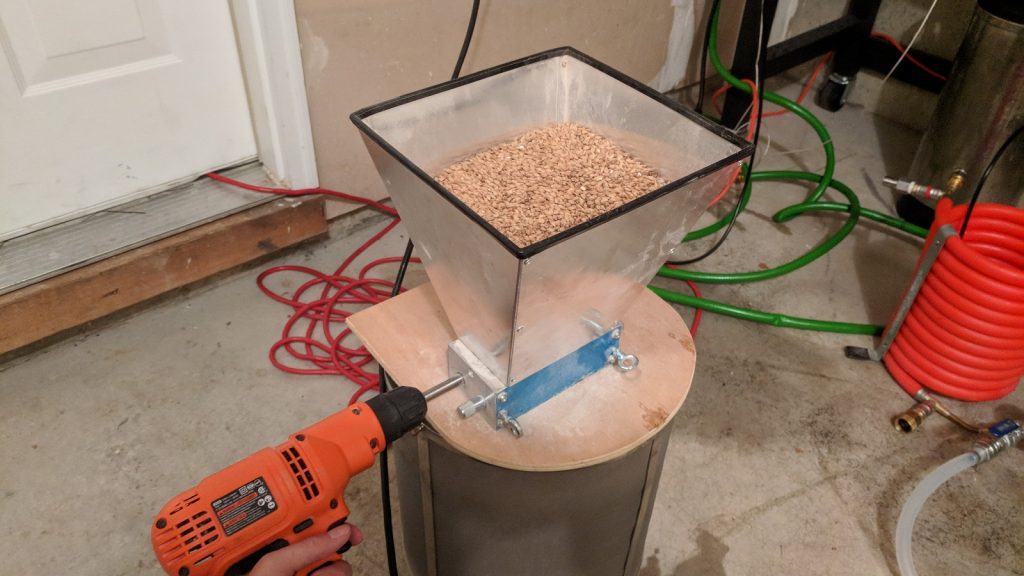
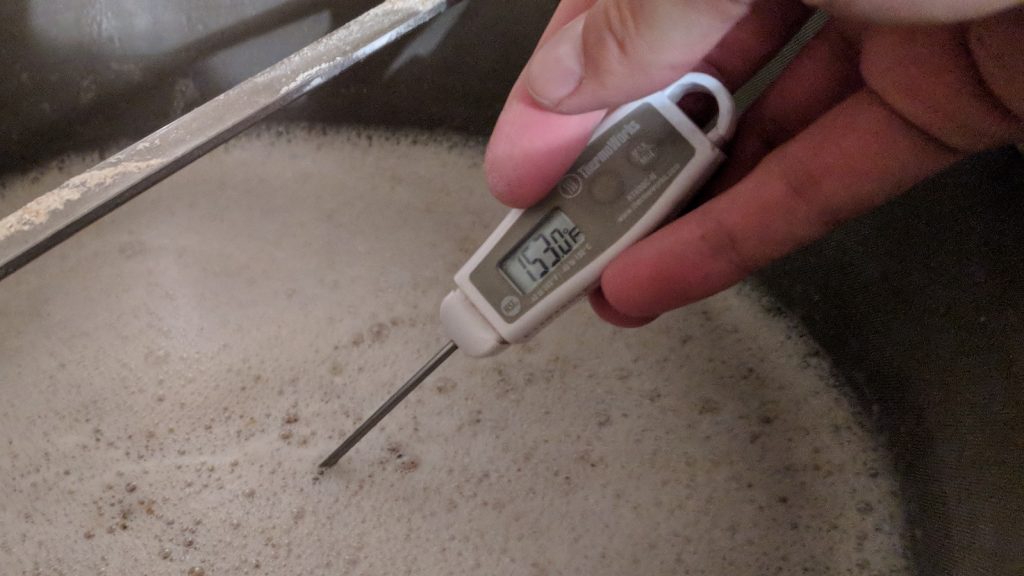
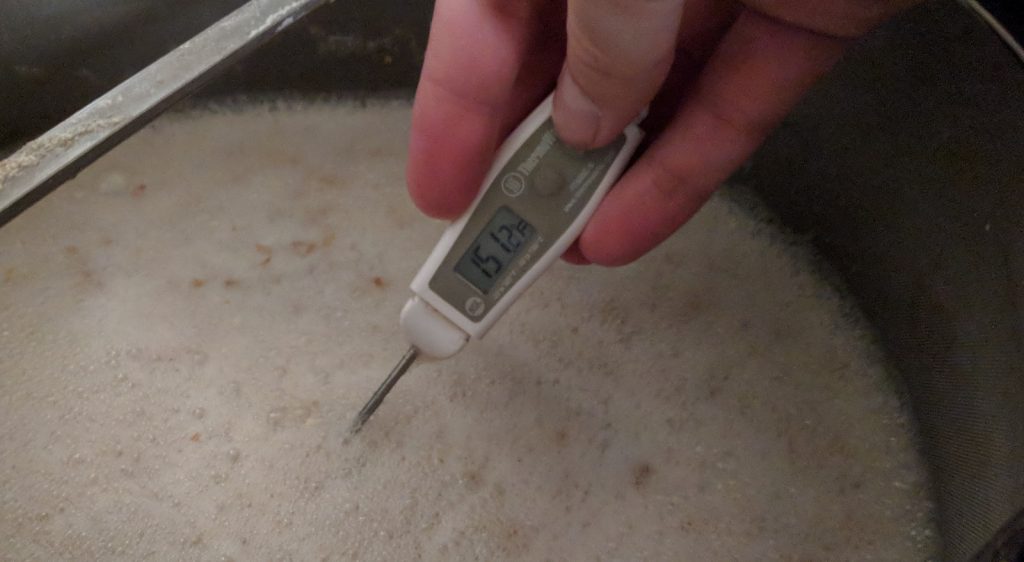
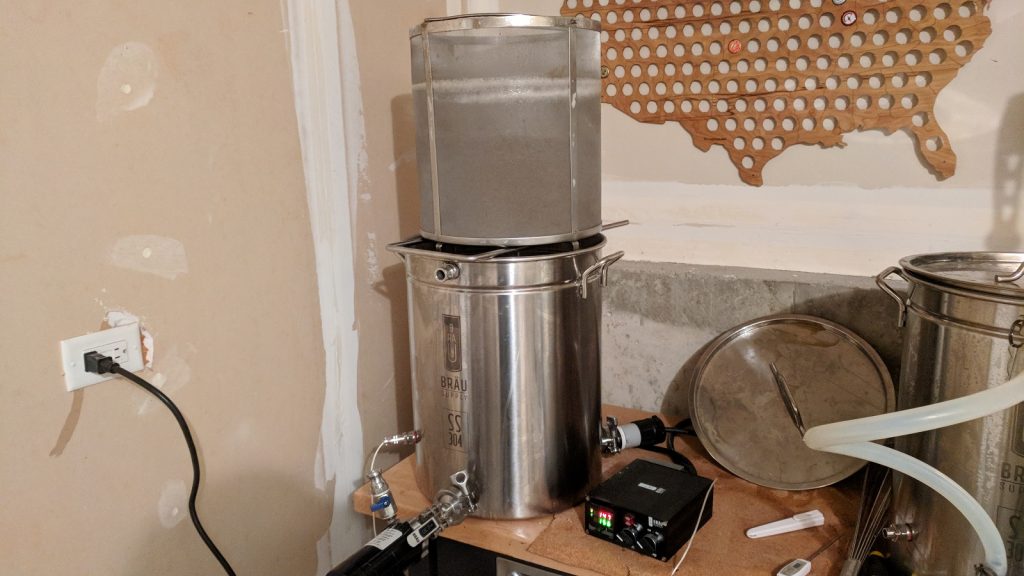

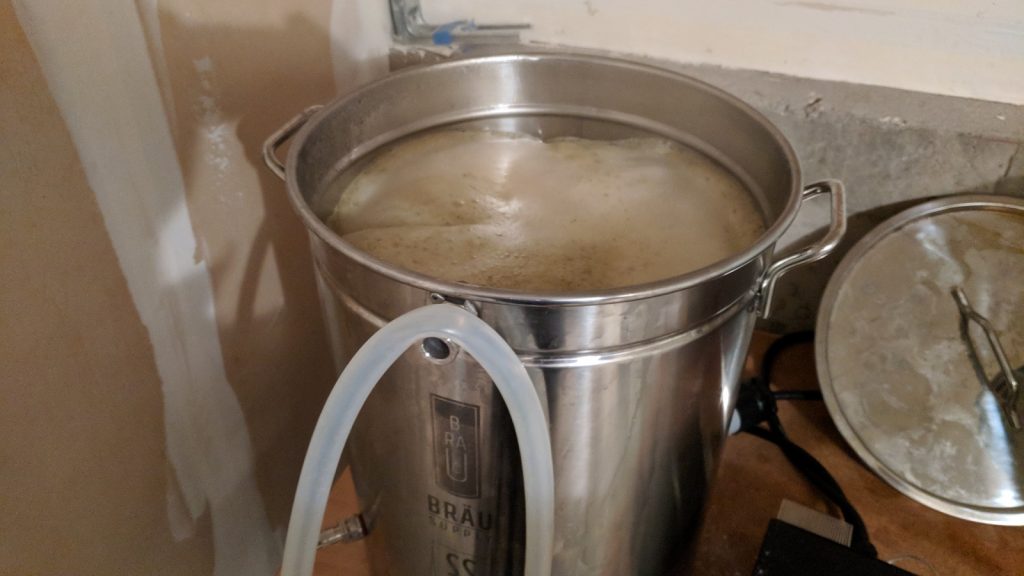
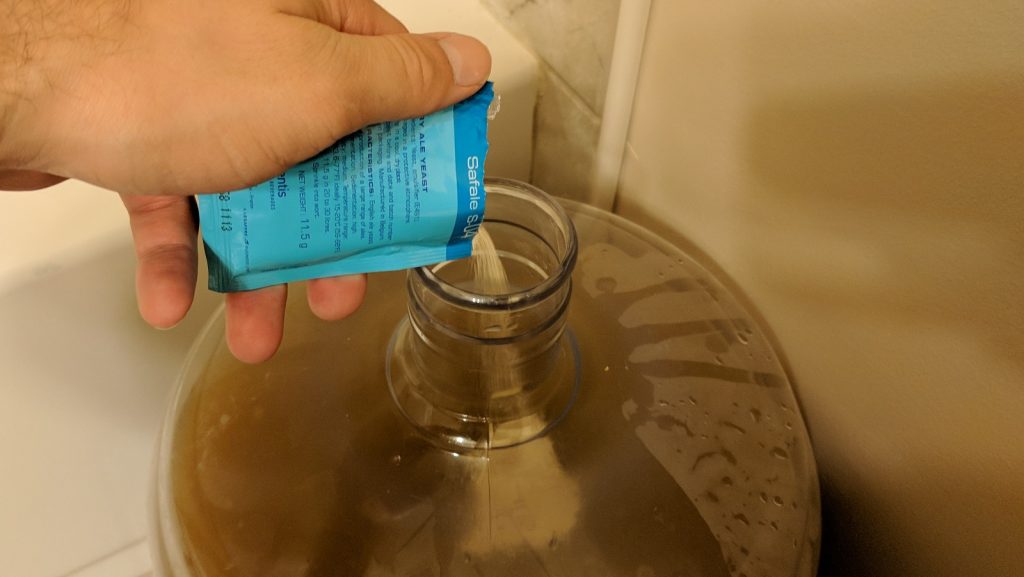
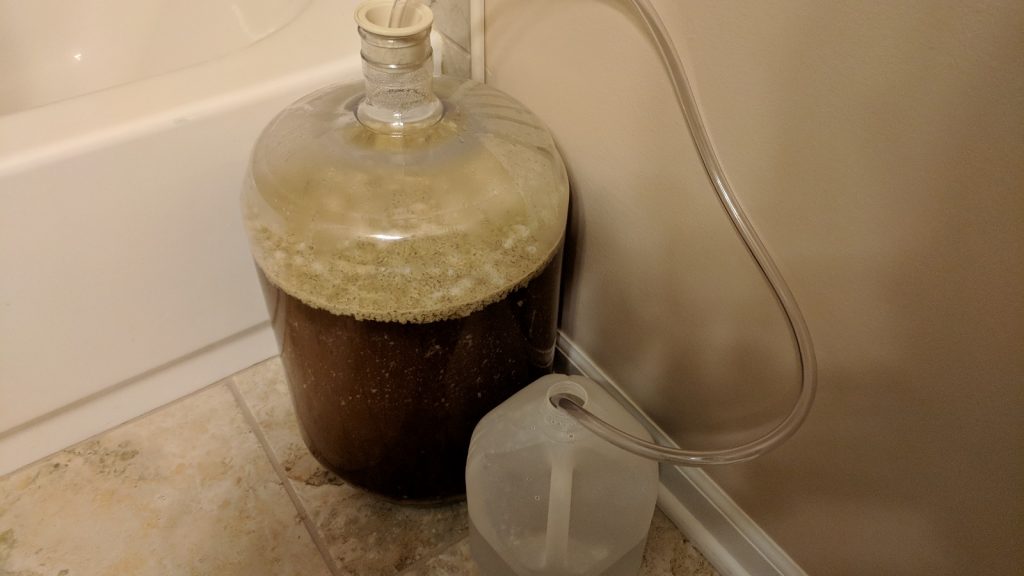
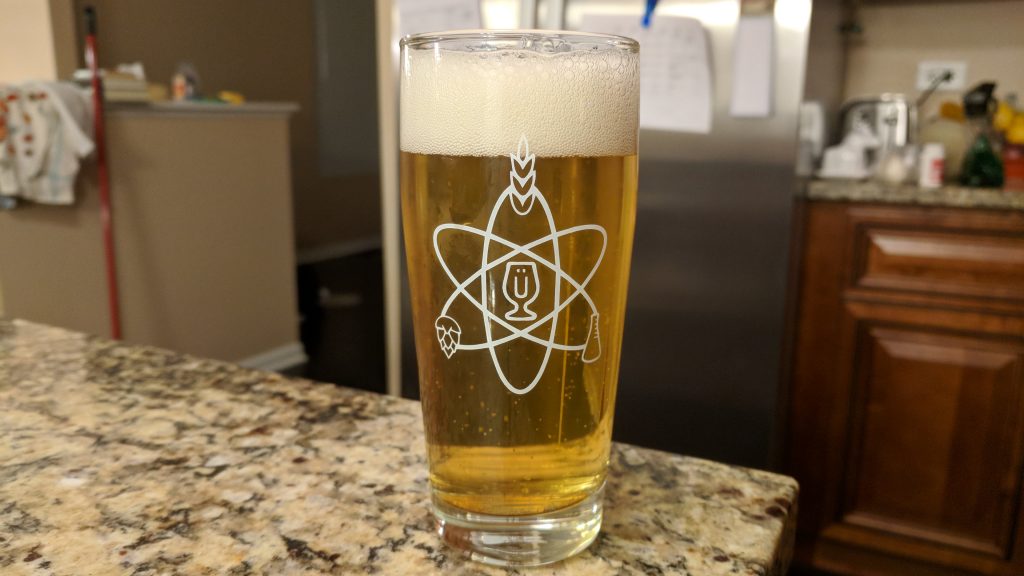
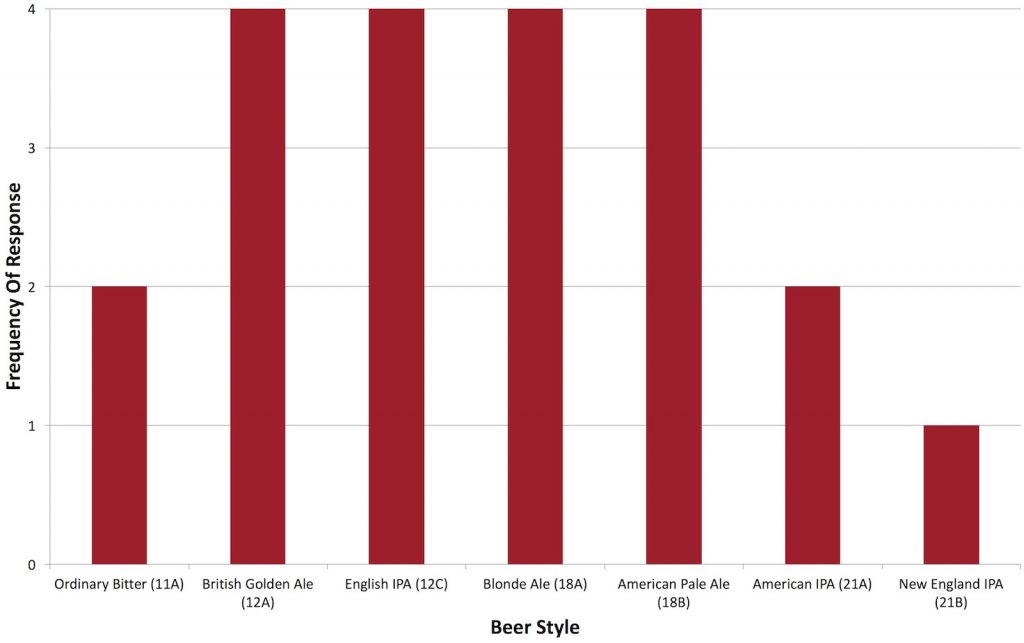
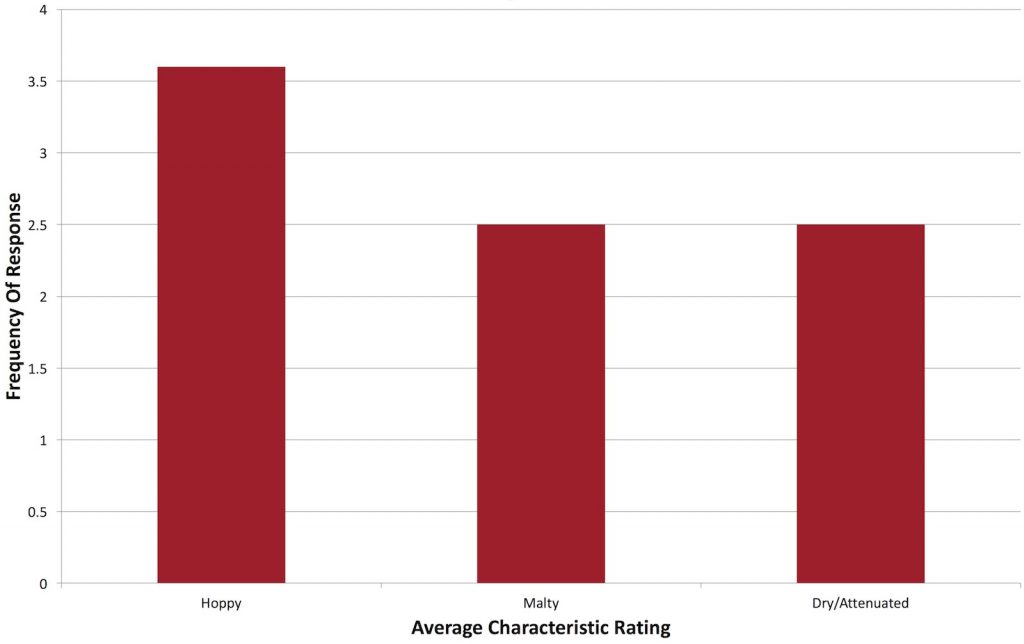
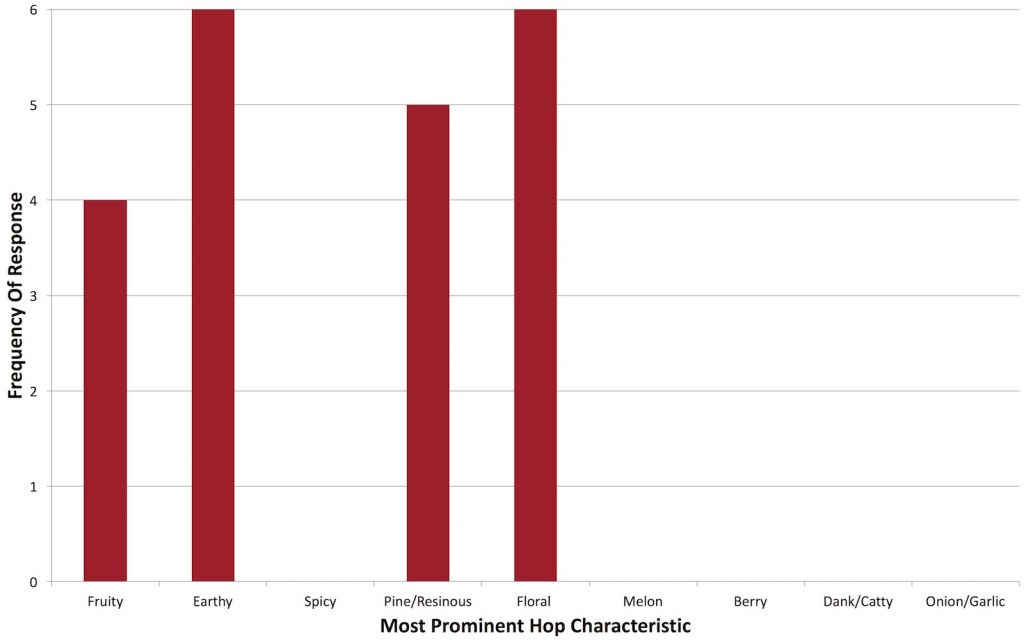
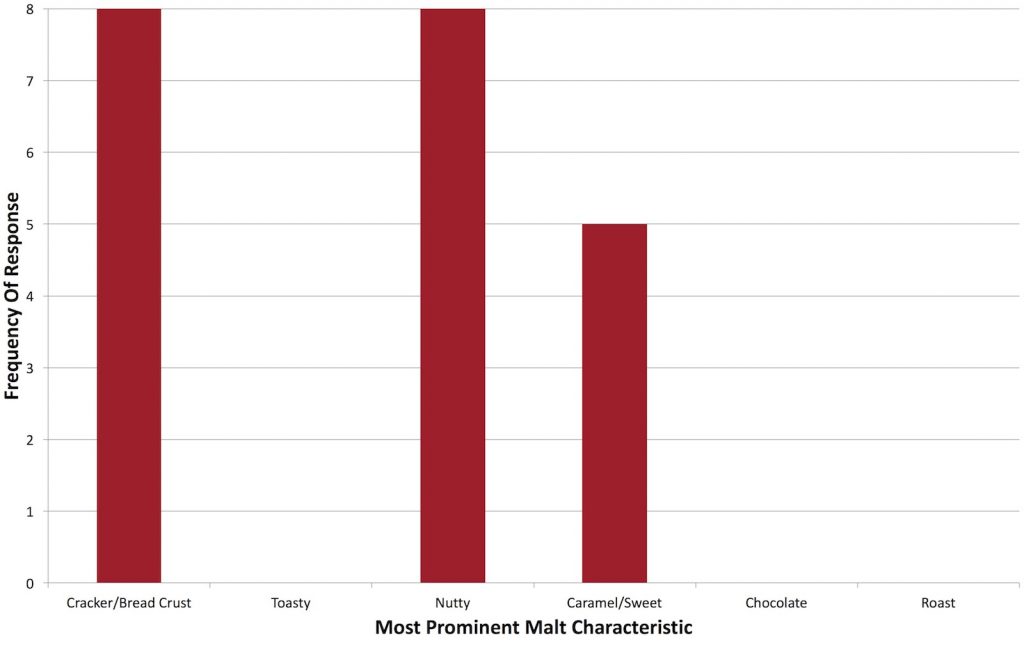
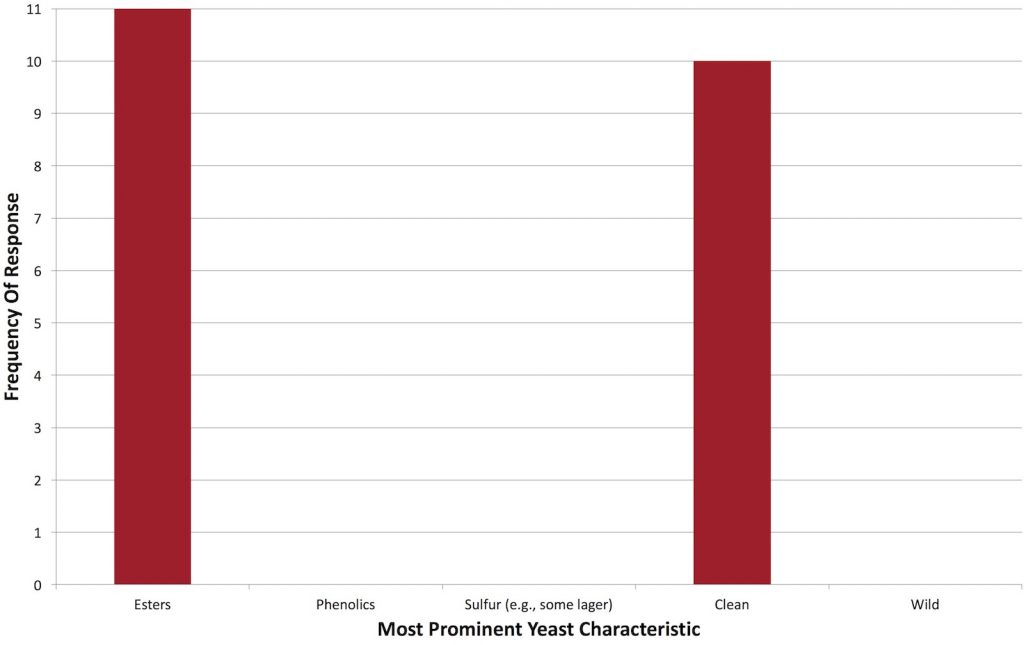
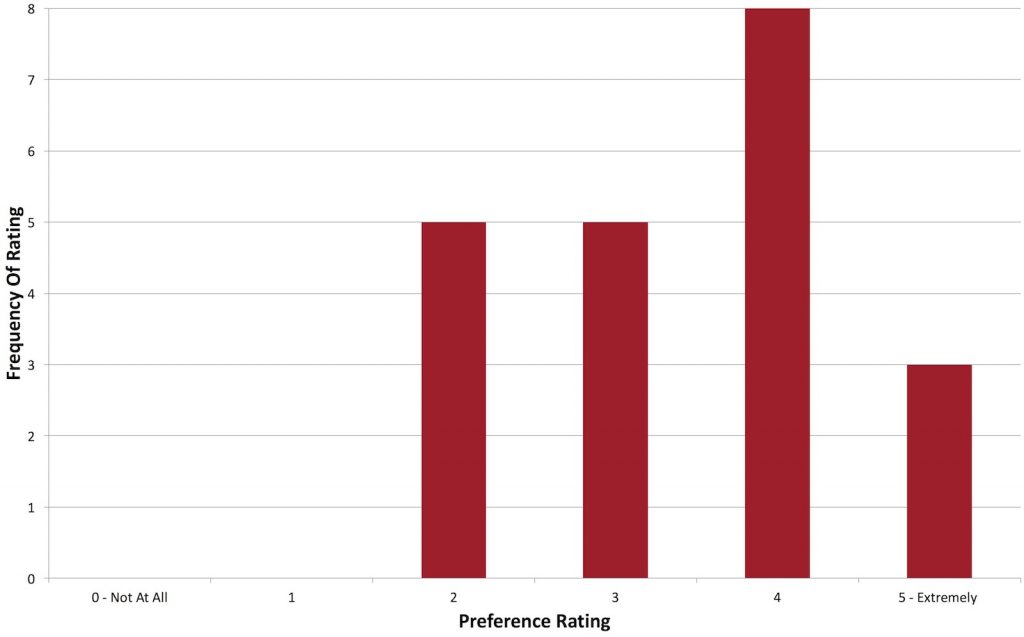
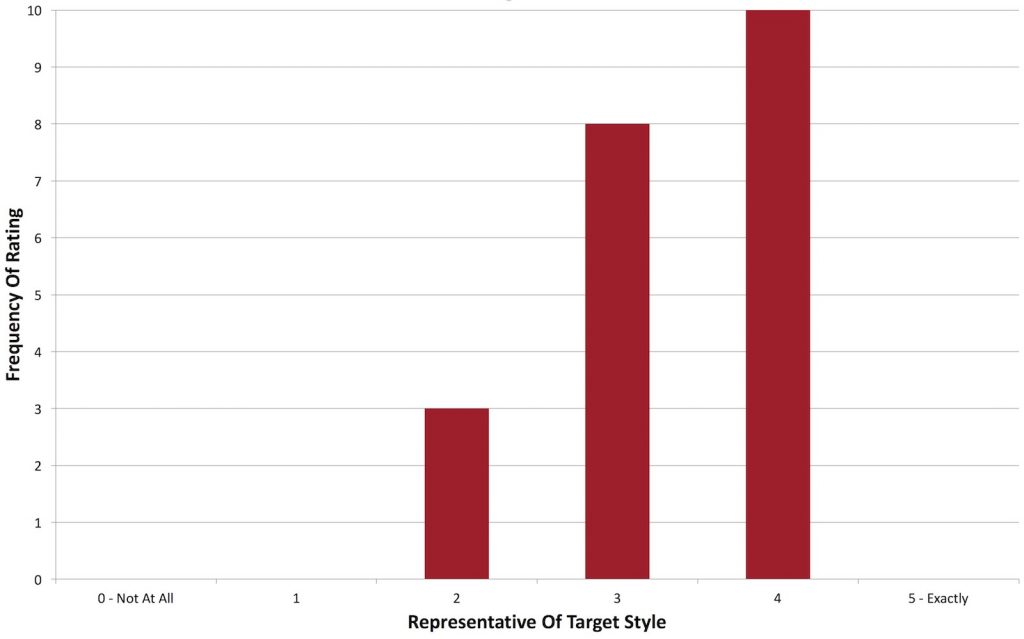










25 thoughts on “Short & Shoddy | British Golden Ale”
Wow, a two hour brewday, with results like that, is something I could get into!
Not wanting to come across like a total prick, but I guess you have a fairly big readership outside of North America? Unfortunately the style over here in the UK is far from “Not the most widely known style…”, every pub has far too many of these beers on the bar, there’s so little variety in the average watering-hole.
A nod to the international make-up of your readership and a little less US-centric verse would be most welcome.
Cheers,
Jamie
Not coming across poorly at all man! I actually really appreciate this note. We’re fairly limited our own experiences in these articles, and UK commercial beers are outside of my knowledge. It’s a great reminder to be more inclusive. Cheers!
Same here! It’s subsiding a bit, but probably still the most popular ale style in the UK.
Btw, I think your description of the style is inaccurate as it is extremely likely that a Golden Ale will have American (or New World) hops. They often are single hop and marketed by the hop they use (Cascade, Citra, Mosaic, Galaxy, etc.).
Yes – golden ale is the most common style of cask ale in the UK these days, in some places it will be >80% of a pub’s cask sales although there are big regional variations. The current Champion Beer of Britain is Goat’s Milk, which is a 3.8% golden ale made with Cascade and Chinook.
Really it’s starting to divide into two separate substyles. You have the “ordinary” golden ales which tend to be 3.8-4% and tend to be made with a fairly cheap hops – Challenger and Styrians say, or something more obscure from Eastern Europe. They’re intended for downing by the gallon without much thought, because you’re too busy talking about football or whatever.
Then you have the ones you’re talking about which are being a bit more intellectual and intended to show off particular (often expensive, US/Aus/NZ) hops, and tend to be more of a “best” strength, 4.2-4.5%.
Although some of the original golden ales went up to 5%, it’s fairly rare these days for “ordinary” pubs to have anything much over 4.5% on cask – although that’s less true of city craft bars. A combination of drink driving laws and taxation by ABV means that >4.5% doesn’t sell in the volumes needed by ordinary pubs.
Goldings and Cascade are a classic combination, that was often used in the early days by brewers looking to bridge the divide between people who liked trad English beers and those who liked something more citrussy. Something like 2:1 is my sweetspot, but it’s a really combination for this style. Macro examples taste like they’re probably 20-25 IBU with 3/4oz/gal hops, I’d go for more 25-30 IBU and 1oz/gal, maybe up to 1.5oz/gal for more subtle European hops.
The serve is critical – carbonation can overwhelm these beers, they don’t want more than 2 vol CO2 – this isn’t lager – and ideally naturally-carbed rather than out of a cylinder. You want to serve at say 50F/10C, so that it can come up through the cellar temp range whilst you’re drinking. Overcarbing may have confused some people.
Is there a plan to test this method against it self? I mean, same beer, 20min mash 20min boil against a 40min mash 40min boil, for example, just for the sake of potencial off flavors when reducing the times that much?
Definitely, we actually have done it one and it was significant.
I’m hoping to do this again soon, reducing variables to just mash and boil lengths.
What was your purpose in using campden?
To remove chlorine I would assume.
Yep, this is it. It’s a short and shoddy batch so I didn’t do much with water chemistry, but I felt the campden tablet was simple enough just to remove any chlorine in the water (there’s a bunch here).
I love old golden hen from Morland Brewer. Just looked up some clone recipes and they’ve all used golden maple syrup.
No – not maple syrup, golden syrup is from sugar cane, it’s a homebrew “hack” that substitutes for invert sugar.
Morland were taken over by Greene King some years ago and is now brewed some 100 miles away from “home”.
DMS is just the worst to me. I can really taste it in a few commercial beers (some styles do have a bit intentionally, those are gross too).
Because of this, a 20 min boil with all the pils gives me the heebee jeebees, but damn I’d love a 2 hour brew day! Maybe I’ll try a 30/30 on my next WC Pale Ale. Man you guys are making this hard! er.. easy!
Another cool post guys. What does my head in re boil length especially will Pilsner malt is that i only do a ten minute boil on my kettle sours an thats 90% Pils and 10% white wheat and i get NO dms. Ed Coffey only boils his Gose (over at alesoftheriverward.com) for 2mins, im at a lose
to explain this, but it works for me over and over again, cheers!
Speaking as a Brit, I think your hopping levels here are American. You wouldn’t get 10g/litre (40g/gallonish) in a British golden ale, over here, typically at least. Possibly ever. I think. Interesting shoddy brew day, though, cheers!
Thanks for that feedback Phil! Definitely appreciate any notes people have regarding style authenticity in these. High hopping rates might explain some of the IPA guesses!
I’m giving you a standing ovation for this post! Definitely want to try this! Love the electric setup also. Is there a post that speaks more to your setup? Cheers from the Motor City!
Hey Ray! Sorry for the late response. There isn’t a post (yet) regarding my system details too much, though there is a Unibrau review which speaks to the original state of the set up!
Basically though, it’s a Unibrau v2, typically running a single 1600W element on each kettle. I use loc line to recirculate the mash. The Unibrau uses an Auber EZ Boil in it’s controller. If you have specific questions I’m happy to answer.
Safale-04, the fermentation champ! That baby will crush a 5 gallon batch in 4 days, from just pitching a packet into the fermenter. The first few times I fermented with it I was alarmed that everything went so fast! I’m not sure you could have picked a dry yeast with faster straight-out-of-the-packet fermentation characteristics. It fits beautifully within the “Short and Shoddy” parameters.
If brewing this with RO water, what Bru’n Water profile would you suggest? Yellow balanced, yellow dry or the pale ale profile?
I’d probably aim for the Pale Ale profile given the description of BGA as being hop forward.
Thanks Marshall! Going to brew this this week! Then bringing to my homebrew club meeting next month to see their reactions after I tell them it was a 20 min mash & boil!
It’s hop forward but not that hop forward, they tend to be a bit less bitter than a best bitter say and you can overwhelm them with minerality. So you don’t want the full Burton – start at say 150ppm sulphate and then see how you go?
Just did S/S IPA yesterday and real excited to try. I ended up with more like a 30 minutes mash … but. So this golden ale … really 4 oz. (114 grams) EKG at 5 minutes. Reading that right?
One would think you would consult Ron Pattinson when talking about an English beers history. He has found examples of Golden Ale going much farther back than 1980. He has records of one made by Strong’s in 1932 and many more in the ’50’s and ’60’s. The oldest appears in one of his blog posts where he produced a scan of and advertisement for “Garton’s Golden Ale” which ran in 1868.
I’ve just found a flyer for Gartons Golden Ale under my floorboards